Bright colors among green mountains
Coming to many villages with a large number of ethnic minorities, we were amazed by the fresh beauty of the mountainous countryside. Beside the endless green of corn, rice, fruit trees, and tea plantations, newly built houses with diverse architectural styles appeared looming. The roads to many villages have been widened, paved with concrete, or paved with asphalt, making them quite convenient.
Dao people harvest tea. |
Learning about the reality in the localities, we learned that: The investment has focused on key points, suitable to the conditions, potential strengths, customs and practices of the ethnic minorities, and has achieved positive results. The work of mobilizing the masses to promote their mastery, the active participation of the community and the people has aroused the spirit of striving of the ethnic minorities. The rate of poor households has decreased sharply, the gap in living standards compared to the average of the province has gradually narrowed. The education , health care and culture of ethnic minority areas have had new developments.
With the joint efforts of the four groups: "State - Scientists - Entrepreneurs - Farmers", ethnic minorities are equipped with knowledge of science and technology, supported with fertilizers, plant sources, seeds to convert crops and livestock, develop traditional industries and craft villages, deep processing and diversify products. The telecommunications infrastructure system is built to facilitate people's access to digital technology platforms. Many agricultural cooperatives are truly bridges to help farmers produce agricultural products in the direction of goods and consume products in the market.
With many synchronous solutions, the province has basically completed land allocation and forest allocation and orientation for large timber plantation. Communes with large ethnic minority populations have many valuable agricultural products. Besides tea as the main crop, many localities have chosen custard apple, grapefruit, cinnamon, etc. to focus on development and have achieved high yields and commercial value.
Tay village, Dong Phuc commune in the morning sun. |
Traditional products such as weaving, sewing ethnic costumes, honey, sticky rice, green rice, vermicelli, fermented wine, etc. meet the requirements of quality and consumer tastes and have reached OCOP standards. Some other agricultural products such as pigs and hill chickens are also oriented for development. High-tech agricultural models for producing mushrooms, vegetables, tubers, and safe fruits in greenhouses, producing organic rice, and growing citrus trees in a biological direction have been initially built and brought practical results.
The beautiful traditional cultural values of the ethnic groups such as language, traditional costumes, customs, religious rituals, cuisine , folk songs and dances are created favorable conditions for the people to preserve and promote by the Party committees and authorities at all levels. Many festivals have been restored to become diverse and rich cultural spaces and a joyful and healthy atmosphere in the community.
Not all living spaces have met the development needs and aspirations of the people. Ethnic minority and mountainous areas have a wide terrain, low population density, production levels still rely heavily on natural factors, simple farming methods, low economic value, and few opportunities to access non-agricultural jobs. Infrastructure in many northern communes of the province has not been fully invested. Mechanisms and policies are not attractive enough to attract businesses with strong economic potential to invest in processing industry and production linkages according to value chains in remote communes.
For generations, the settlements of many ethnic groups have been called villages, hamlets, now commonly called hamlets, and hamlets like the Kinh people. The situation of mechanically fitting into the old village names such as: Xom Ban Ten, Xom Lang Phan, Xom Lang Phan... makes people feel regretful. Most of the cultural houses in ethnic minority hamlets follow a common design, without their own identity. Many traditional occupations such as making Tinh lutes, weaving hats, dyeing, weaving indigo clothes, brocade, rattan and bamboo weaving, palm blinds, cakes... have slow consumption of products, so they have not created a sustainable livelihood.
Ten Village, Van Lang Commune promises to be a new destination. |
Mr. Dao Trong Xe, 86 years old in Cay Thong village, Duc Luong commune shared: Tay villages have settled here for a long time and have preserved their ancient cultural features from costumes, customs to Tinh lute and Then singing. Many villages still keep their stilt houses. The practical actions of local leaders in economic development associated with the development of eco-tourism, cultural and historical tourism, and promoting the cultural identity of ethnic minorities have created consensus among the people. However, in the commune, some communal houses, pagodas, and temples of Na Ban, Ham Rong, Dong Thin, Khuon Thung, Na Don, Mon Ray, Ruong Lon, and Cay Thong have degraded, so they should be studied and considered for restoration and embellishment...
Cultural Identity - Endogenous Resource of Development
Resolution No. 03-NQ/TW, dated July 16, 1998, of the Central Executive Committee at the 5th Central Conference (VIII term) clearly stated: "The national identity of Vietnamese culture includes sustainable values, the quintessence cultivated through thousands of years of history of building and defending the country, becoming the unique features of the Vietnamese ethnic community and the Vietnamese people" . A nation cannot develop sustainably without preserving traditional cultural values.
National identity represents a deep sense of origin and humanity, in addition to its spiritual significance, it is also a cultural trait passed down from generation to generation. On the land of Thai Nguyen, in the common home of the great family of Vietnamese ethnic groups, despite the convergence and integration in many aspects of the country's socio-economic development, each ethnic group still has its own cultural traits with its own identity. Maintaining values so that they do not fade away has many meanings, making the cultural nuances in the community more diverse and rich.
We believe that to implement the National Target Program for socio-economic development in ethnic minority and mountainous areas, we need a new approach and a new perspective. We should pay attention to forms of activities that increase community cohesion, and build each village and hamlet into a living space with its own identity for each ethnic group in socio-cultural and economic development.
Teaching Tinh lute and Then singing to young people. |
Preserving, promoting and spreading cultural beauty, placed in the overall development, contributing to improving the material and spiritual life of the people is one of the important tasks. The project to develop community tourism in Thai Nguyen province in the period of 2025-2030 promises many prospects for new destinations and creating more jobs for the people. Thai Hai stilt house eco-tourism village, Mo Ga hamlet community tourism village, Quyen ethnic cultural village... can be considered as models to improve and replicate.
Recently, many localities have been interested in establishing infrastructure investment projects, building facilities, developing tourism products, gradually forming eco-tourism villages, or community tourism spots such as Ban Ten, Dong Khuan, Khuon Tat... Some community tourism spots associated with agriculture, rural areas, revolutionary history, ethnic culture, tea culture are continuing to be deployed in ATK Dinh Hoa, ATK Cho Don, promising to be attractive destinations.
Investment projects under the community tourism development plan open up an impressive cultural tourism space. However, the project can only be implemented in certain villages and hamlets. The problem is that it is necessary to research and orient people to raise their awareness of preserving their ethnic culture and proactively build living spaces. Pay attention to supporting the connection of destinations, training in methods of welcoming guests, supporting the construction of community houses, restrooms, parking lots, souvenir stalls, restoring ethnic cultural features...
In preservation, there should be solutions to limit shortcomings. For example, the coming of age rituals and the New Year dances usually last 1-2 days and nights. If a family has many young people working at the enterprise and they all ask for leave, it will be difficult for the employer to arrange production. Many dance performances in the rituals often last a long time. If cultural managers and artists select and support the staging of excerpts into folk dance works, it will certainly attract many people to participate and contribute to widely promoting them to tourists...
A young Mong couple, owner of a YouTube channel, Mr. Hoang Van Hinh, born in 1990, his wife, Ms. Giang Thi Denh, born in 1995, Khe Mong hamlet, Van Lang commune, built a house combined with a destination for entertainment and check-in for people. On the front gate of the house with a beautiful yard, he put a sign in Mong, translated as "Our house". He recorded and edited many production and community activities of the people. He shared: Along with intangible culture, Mong people also have very unique types of tangible culture such as cuisine, house architecture, traditional crafts. The simple, pure beauty of the land and people of the highlands of Thai Nguyen is not only of interest to Vietnamese but also to foreigners. I wish to contribute to preserving the beauty of my ethnic culture. Everyone joins hands, the village will be like mountain flowers...
Each village is a living space with its own identity from culture to architecture or crops, livestock, handicrafts... that identity is the endogenous resource of development that creates the strength of the great national unity bloc and no bad guys can take advantage of it to distort and sabotage.
Although there is still much to do, with the joint efforts of all levels, sectors and the whole community, ethnic people have had a better life. The new appearance and new vitality of the highland villages are an important premise for Thai Nguyen to strongly promote all endogenous resources, creating a new step of development in the era of national development.
Source: https://baothainguyen.vn/van-nghe-thai-nguyen/202507/nhung-khong-gian-sinh-ton-nhu-hoa-cua-nui-57c2f83/


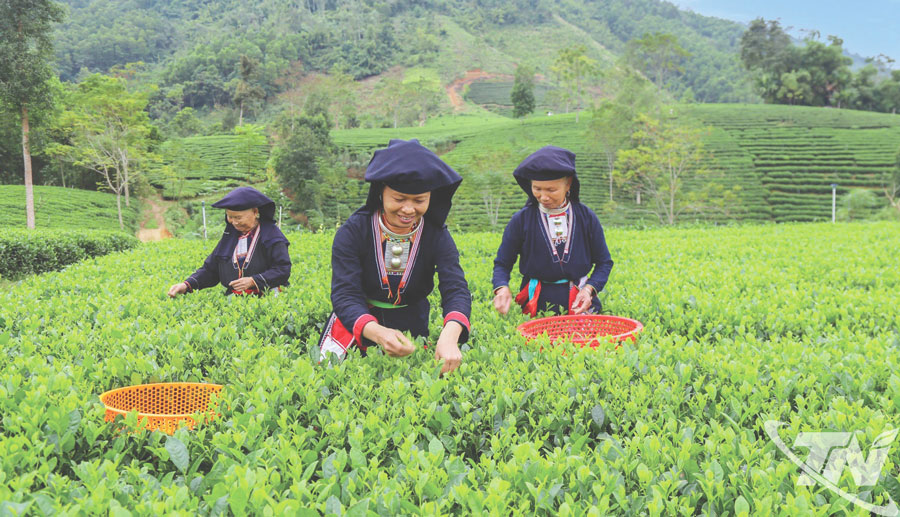
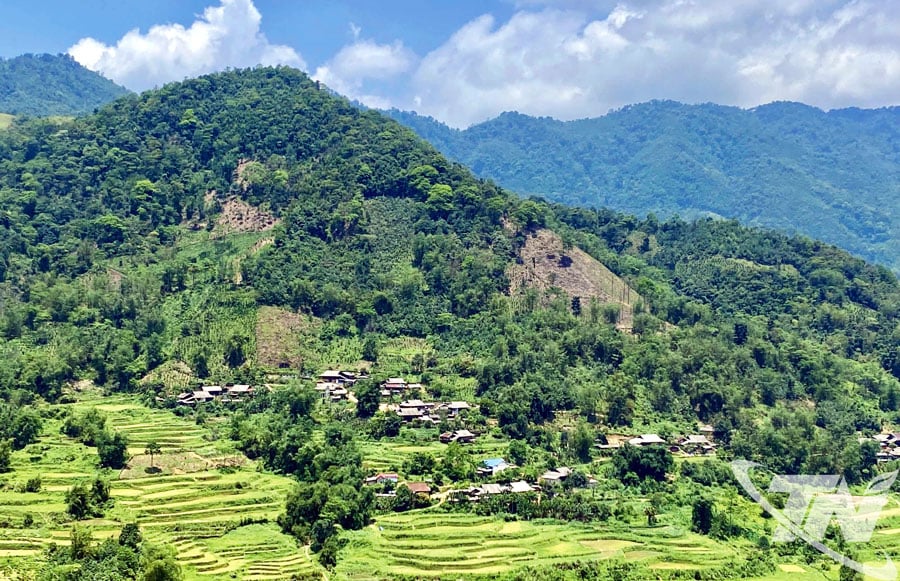
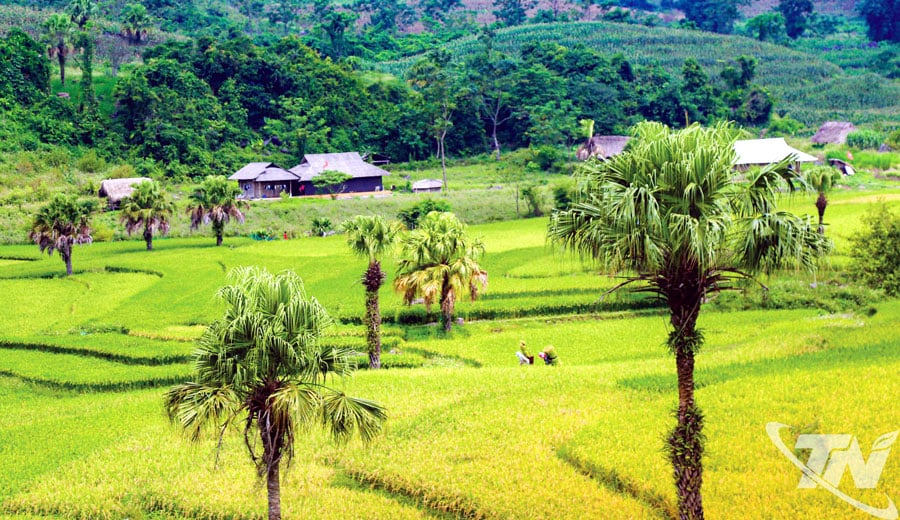
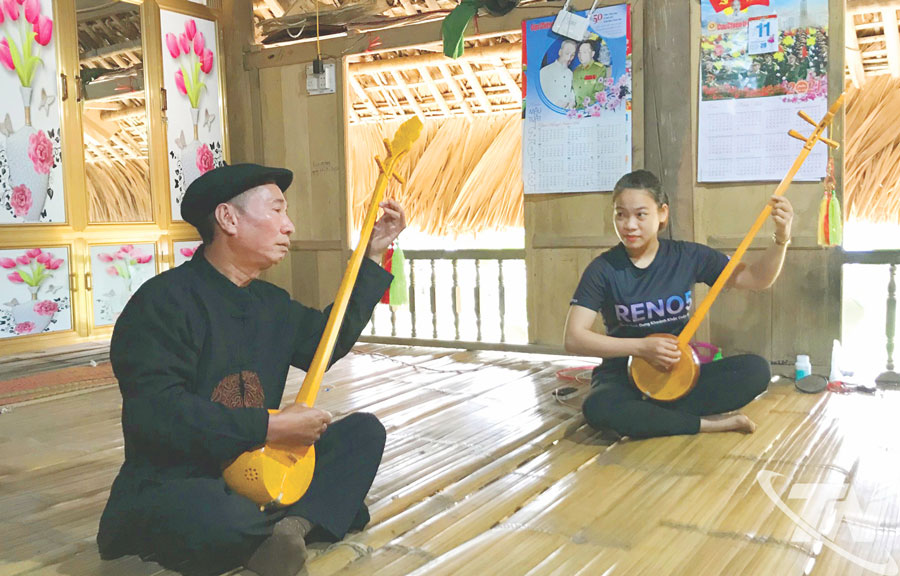

![[Photo] Students of Binh Minh Primary School enjoy the full moon festival, receiving the joys of childhood](https://vphoto.vietnam.vn/thumb/1200x675/vietnam/resource/IMAGE/2025/10/3/8cf8abef22fe4471be400a818912cb85)
![[Photo] Prime Minister Pham Minh Chinh chairs meeting to deploy overcoming consequences of storm No. 10](https://vphoto.vietnam.vn/thumb/1200x675/vietnam/resource/IMAGE/2025/10/3/544f420dcc844463898fcbef46247d16)



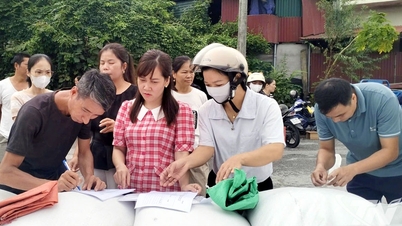


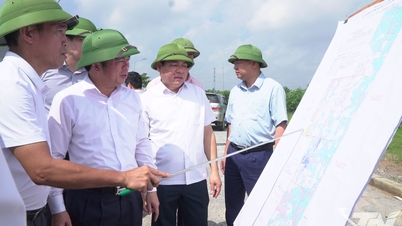
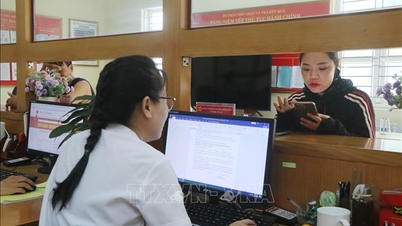

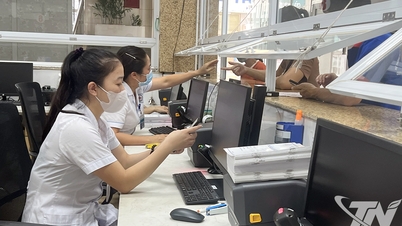
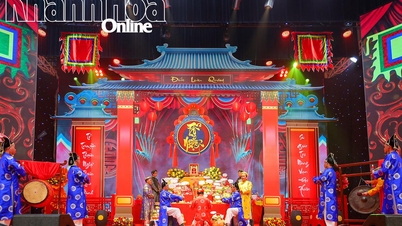



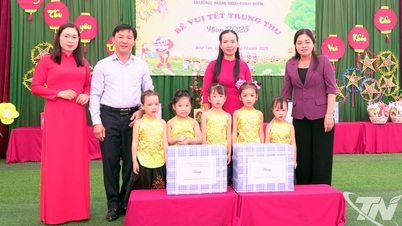
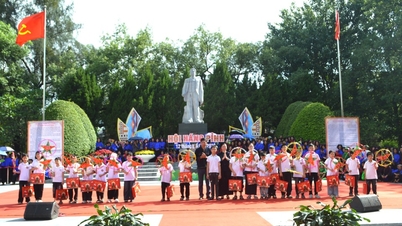
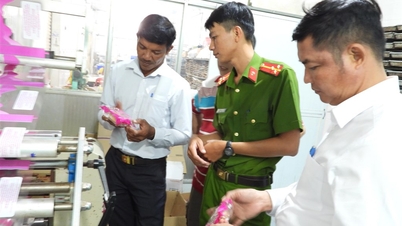








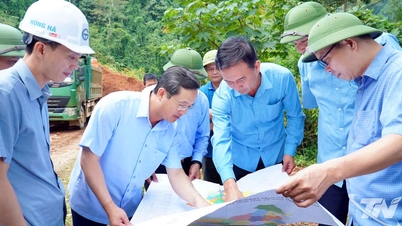
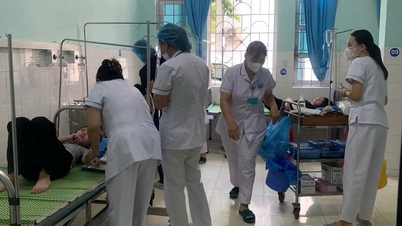
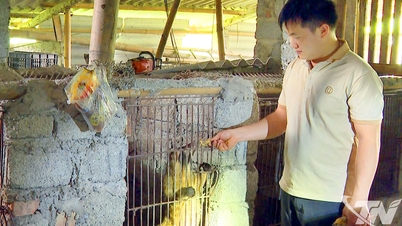
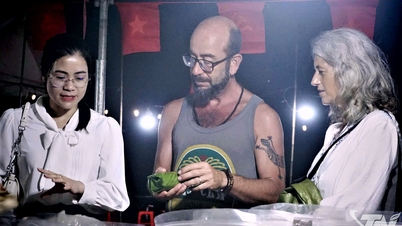
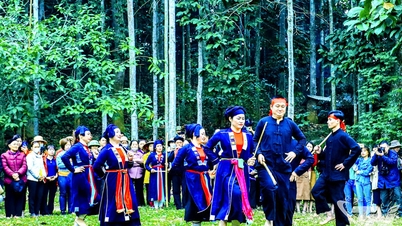























































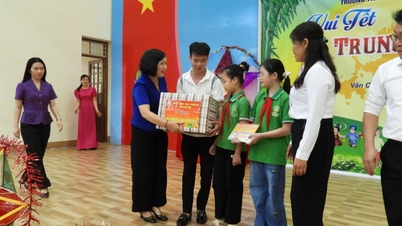

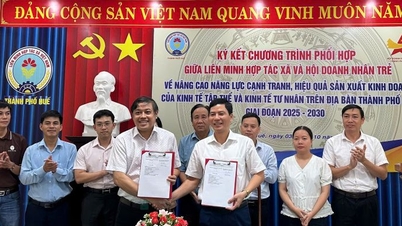

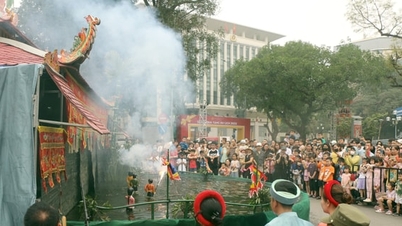












Comment (0)